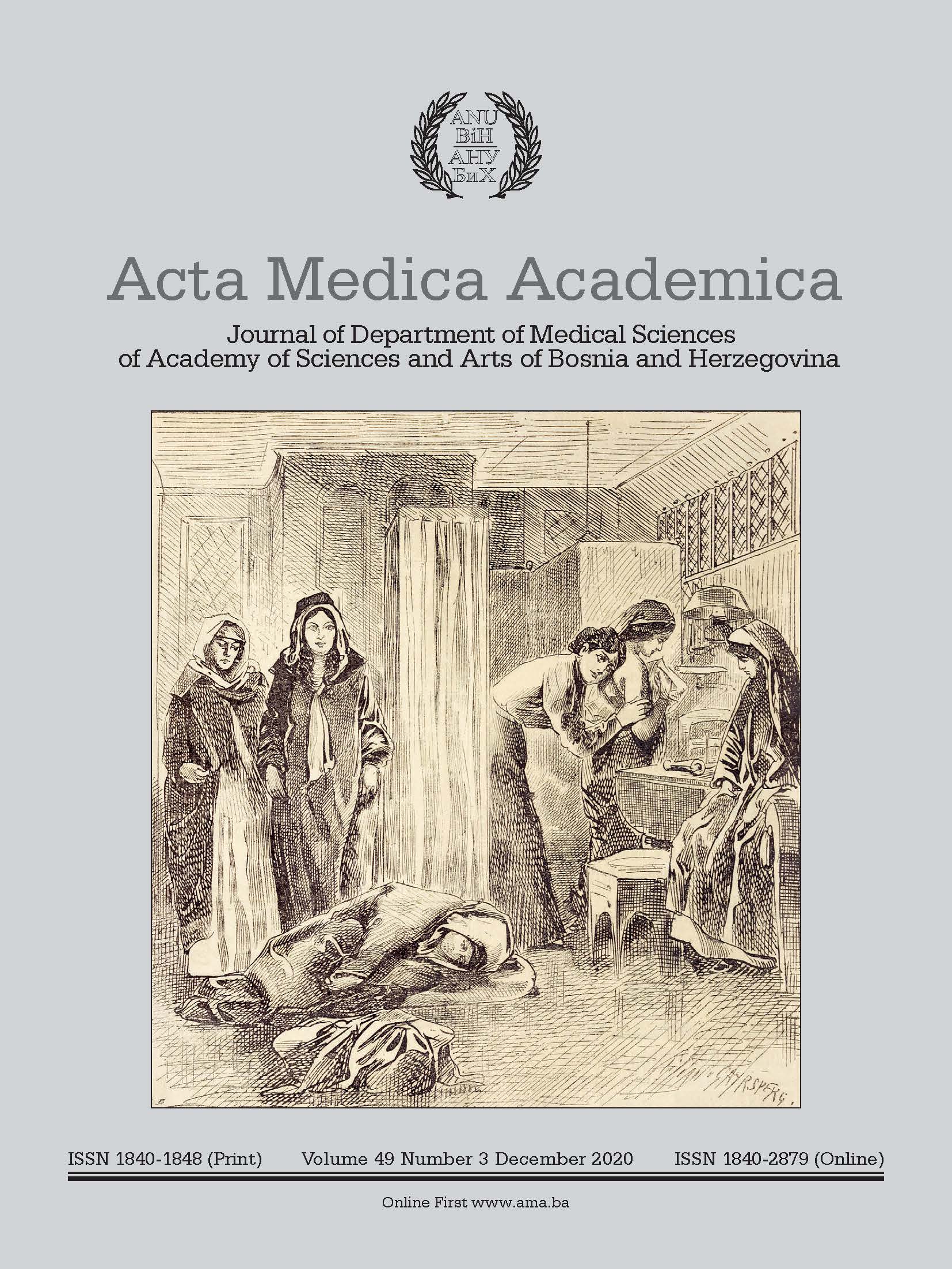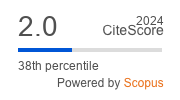A Novel Test, the Sternomental Distance Ratio, Used as a Predictor of Difficult Laryngoscopy in a Normal Population and in Thyroid Tumor Surgery Patients: A Preliminary Study
DOI:
https://doi.org/10.5644/ama2006-124.314Keywords:
Laryngoscopy, Sternomental Distance Ratio, Thyroid Surgery, Thyroid TumorAbstract
Objective. The aim of the present preliminary study was to assess whether the sternomental distance ratio (SMDR) could be suitable as a predictor of difficult laryngoscopy, in both normal surgical patients and patients scheduled to undergo thyroid tumor surgery.
Methods. Two hundred and twenty-one consecutive adult patients (among them 122 patients with presumed normal airways and 33 patients with thyroid tumors), scheduled to undergo elective surgery under general anesthesia, were included in this study. Physical and airway characteristics, SMDR, difficult laryngoscopy (using Cormack-Lehane scale) and any kind of assisted intubation were assessed.
Results. Decreased SMDR demonstrated a strong correlation with difficult laryngoscopy in both thyroid tumor (Kendall’s tau-b -0.578 (P=0.004) and normal patients -0.362 (P<0.001). Difficult laryngoscopy was 0 at SMDR>1.9 and 33% at SMDR <1.55 (P<0.001). The higher the SMDR was, the better the glottic view obtained.
Conclusions. Α SMDR>1.9 indicates an easy laryngoscopy, whereas SMDR <1.55 indicates a difficult one in both thyroid tumor and normal patients. SMDR is an objective test to assess difficult airway in thyroid surgery.
Downloads
Published
Issue
Section
License
Copyright (c) 2021 Evangelia Kopanaki, Maria Piagkou, Theano Demesticha, Emmanouil Anastassiou, Panagiotis Skandalakis

This work is licensed under a Creative Commons Attribution-NonCommercial 4.0 International License.





